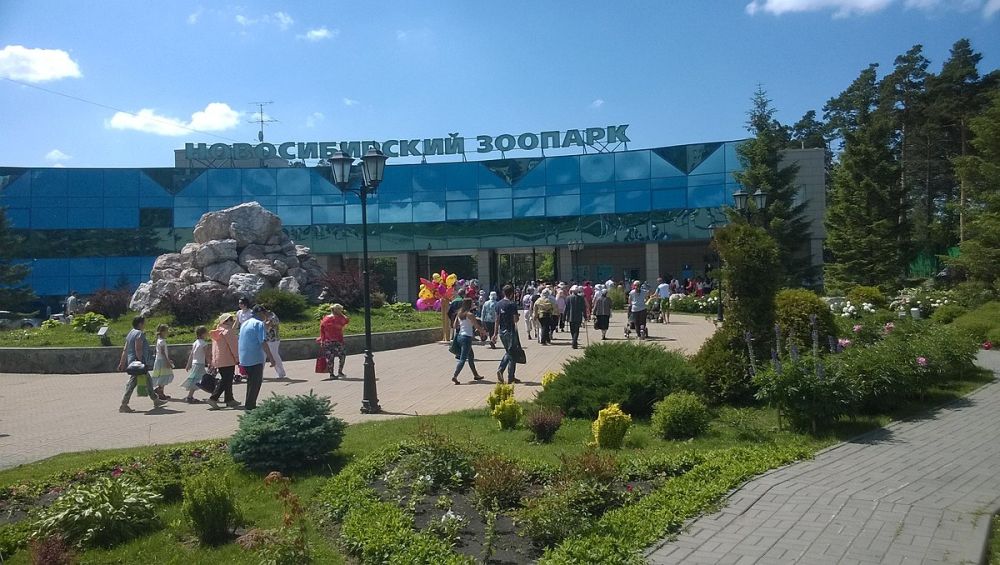

Novosibirsk Zoo, situated in Novosibirsk, Russia, has evolved into one of the country's premier tourist attractions since its establishment. The zoo's history begins in 1947 when it was founded primarily as a scientific institution. It was not initially designed with tourism in mind, but rapidly grew to become an important educational and conservation center that attracted visitors from all walks of life.
Throughout its existence, the zoo has seen continued expansion and now covers an area of over 60 hectares, housing more than 10,000 animals from around 702 species, many of which are rare and endangered. The significance of Novosibirsk Zoo proliferated with the development of various unique breeding programs for rare species, which attracted international attention and positioned the institution as a landmark in global wildlife conservation efforts.
From a tourism perspective, the Novosibirsk Zoo has been influential in attracting both domestic and international visitors. Its role in wildlife preservation and education has been a key factor in its appeal. School trips, guided tours, and interactive educational programs have been important for promoting awareness and fostering a connection between the visitors and the natural world. This has helped solidify the zoo’s status as a cornerstone of ecological tourism within Russia.
Technological Integration: Recent trends have seen the integration of advanced technology in the Novosibirsk Zoo experience. Interactive digital exhibits and mobile apps are enhancing visitor engagement and providing educational content in an accessible format.
Conservation-Focused Experiences: With a worldwide increase in eco-conscious travel, the zoo has developed special programs that underscore its conservation efforts. The Liger Island exhibit, which homes the rare ligers (a crossbreed between a lion and a tigress), is one such initiative attracting attention.
Seasonal Events: The zoo has started hosting various seasonal events to attract more visitors and create a bond between the community and wildlife. These events often include thematic tours, animal enrichment activities, and photo exhibitions, which have been growing in popularity.
As part of a broader ecosystem, the Novosibirsk Zoo complements the various cultural and natural attractions in Novosibirsk, contributing to a diversified tourism sector. Its location, in relation to other sightseeing opportunities such as the Novosibirsk Opera and Ballet Theatre and the nearby Ob River, enables visitors to enjoy a comprehensive travel experience encompassing both urban culture and natural wonders.
In conclusion, the Novosibirsk Zoo has grown from humble beginnings to become a pivotal attraction within Russian tourism. It has evolved in sync with global trends, ensuring its continued relevance and appeal. By maintaining a balance between educational purposes, conservation efforts, and visitor enjoyment, the Novosibirsk Zoo exemplifies the dynamic nature of tourism in the region and its capacity to adapt to an ever-changing environment.